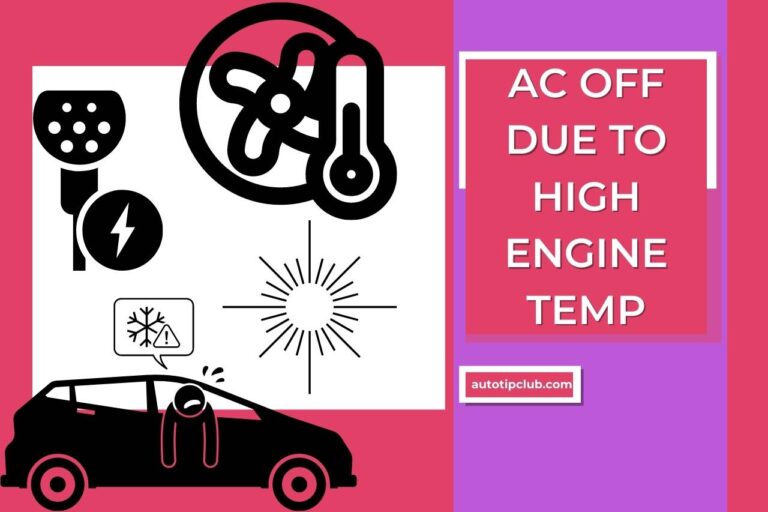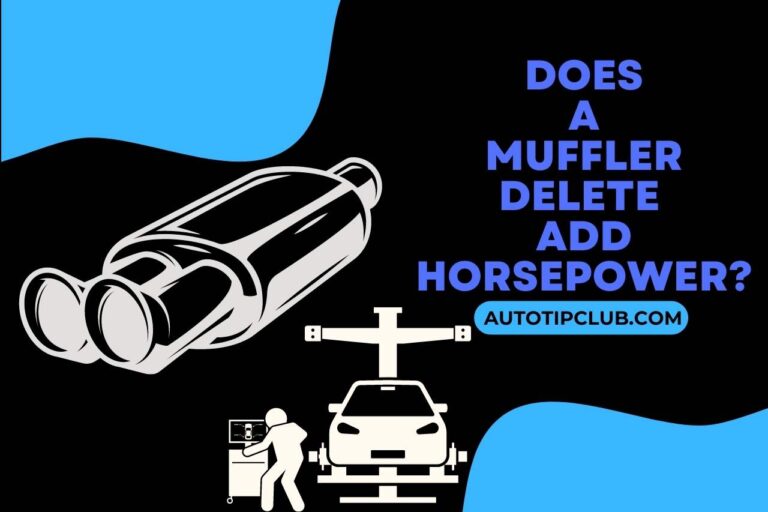Can Power Steering Fluid Leak from Rack and Pinion?
The rack and pinion is a critical component that translates the steering wheel’s motion into the left and right movement of the wheels. In addition, it is an area of concern when it comes to power steering fluid leaks. So, can power steering fluid leak from the rack and pinion?
Can Power Steering Fluid Leak from Rack and Pinion?
Yes. leaks predominantly arise due to the natural wear and tear of the seals within the rack and pinion system or from damages to its components. As these seals age or if the unit undergoes undue stress, they can develop cracks, leading to fluid leaks.
Telltale signs of this issue include challenges in steering, especially at lower speeds, distinct whining noise when turning the steering wheel, and the presence of power steering fluid puddles beneath the vehicle.
It’s imperative for vehicle owners to act swiftly upon suspecting such leaks. Early detection and intervention can mitigate extensive damage, ensuring both the longevity of the steering system and the safety of the driver.
Why Does Power Steering Fluid Leak From the Rack and Pinion?
Power steering fluid can leak from the rack and pinion due to several reasons. Here they are.
- The rack and pinion assembly contains seals that can degrade over time due to exposure to heat, pressure, and the elements. As these seals deteriorate, they can develop cracks or gaps that allow fluid to leak out.
- The hoses that connect the rack and pinion to the rest of the power steering system can also be damaged, leading to leaks. Damage can occur due to wear and tear, rubbing against other components, or exposure to debris on the road.
- Corrosion can occur on the rack and pinion assembly, particularly in areas where the protective coating has worn away. Corrosion can weaken the metal and create openings through which fluid can leak.
- If the fittings that connect the hoses to the rack and pinion are loose, they can allow fluid to escape.
- The rack and pinion assembly operates under high pressure, which can put stress on the seals and hoses. Over time, this pressure can cause them to fail and leak.
- A collision or impact with an object can damage the rack and pinion assembly, leading to leaks.
How To Fix Rack And Pinion Leak in Power Steering?
Fixing a rack and pinion leak in a power steering system can be a complex and involved process. This repair is often performed by professionals. Here’s a general overview of how it’s typically done:
Before starting any repairs, it’s essential to identify the source of the leak. This may involve visually inspecting the rack and pinion assembly, hoses, and seals, as well as using dye or other methods to pinpoint the exact location of the leak.
The repair options will depend on the extent of the leak and the condition of the rack and pinion assembly. In some cases, minor leaks can be repaired using a sealant or additive. However, more severe leaks may require replacing the seals, hoses, or even the entire rack and pinion assembly.
Before starting the repair, it’s important to safely raise and support the vehicle and remove any components that may be obstructing access to the rack and pinion assembly.
If the leak is coming from the seals or hoses, these will need to be replaced. This typically involves draining the power steering fluid, removing the old seals or hoses, and installing new ones.
If the leak is severe or the rack and pinion assembly is damaged, it may need to be replaced. This is a more involved process that requires disconnecting the steering linkage, removing the old assembly, and installing a new one.
Once the repairs are complete, the power steering system will need to be refilled with fluid and bled to remove any air bubbles. Finally, the power steering system should be tested to ensure that the leak has been repaired and that the system is functioning properly.
Is it Safe to Drive Your Car if a Rack and Pinion System With Power Steering is Leaking?
No. Driving with a compromised rack and pinion system poses potential safety risks to the driver and other road users.
A leak in the system can cause the steering to become unpredictable. It might either become too stiff, requiring more force to turn, or too loose, causing oversteering.
Continued driving with a leaking system increases the chances of a complete steering failure. This could lead to a situation where you can’t control the car’s direction.
As the fluid leaks, the levels drop. Driving with insufficient power steering fluid can damage the pump and other related components.
If you suspect or detect any leak, it’s vital to get your car checked immediately. A mechanic can assess the severity of the leak and recommend necessary repairs.
If you must drive the vehicle, keep it to a minimum and avoid high-speed areas like highways. Pay attention to any changes in steering behavior. If it starts acting erratically, stop driving.



My name is Robot McCullum, and I’m an Automotive Engineer with 20+ years of experience in the automotive field. I’ll give you step-by-step instructions for recognizing and fixing complicated technical problems in an uncomplicated manner. www.AutoTipClub.com, is your best resource for in-depth tutorials, insightful tips, and practical advice designed and developed either for seasoned vehicle collectors or daily drivers.







